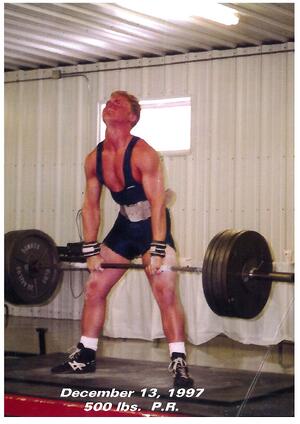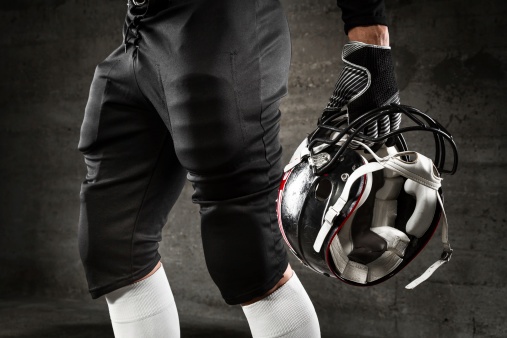 In NFL and college football, each week, a star player is hit with a sidelining injury. Possibly lost for multiple weeks, months, or at worst, the whole season. Injuries that are usually the result of bad luck or not being as physically prepared as they could have been. Hopefully your team, **knock on wood**, does not or will not have to deal with this at any point during their season. My team, my beloved Detroit Lions, look like a dumpster fire for reasons other than injuries.
In NFL and college football, each week, a star player is hit with a sidelining injury. Possibly lost for multiple weeks, months, or at worst, the whole season. Injuries that are usually the result of bad luck or not being as physically prepared as they could have been. Hopefully your team, **knock on wood**, does not or will not have to deal with this at any point during their season. My team, my beloved Detroit Lions, look like a dumpster fire for reasons other than injuries.
The physicality of football increases every year. The players are getting bigger, faster, and stronger in training facilities across the country getting ready for that next season. Guys are always looking to take that next step during the offseason to ensure that they are a better player than they were the preceding year. Countless hours are spent in the gym and on the field trying to achieve this goal. Some training programs start the day after a season is over, whether it be after week 17 in the regular season or if your team wins the Super Bowl. It’s no secret that being a professional or collegiate athlete is a year-round commitment.
Changing Training After the Season Begins
But what kind of training do players do after their season begins? Do they continue to train five or six days a week like they did in the offseason? Of course not. With large time commitments for practice, watching film, and simply resting, an athlete must shift their focus to making sure all of that hard work is not wasted over the course of the season. The most effective way to salvage the progress that you have made over the past five or six months is to enter a maintenance phase.
A maintenance phase is one phase or “macrocycle” (a large portion of a training year) that you should use during the start and duration of each athletic or competitive season. As mentioned before, this phase is used to preserve the strength, power, and muscle mass that was built in the many months prior to the season.
What Does a Maintenance Phase Look Like?
Some characteristics of a maintenance phase include the following:
- 2 (±1) workouts per week
- 45 to 60-minute sessions
- 2 (±1) sets per exercise. Main exercises should focus on strength, power (plyometrics, Olympic lifting, core lifts [bench, squat, deadlift]), and functional mobility.
- Promoting overall health
Impact on Future Seasons
Don’t underestimate the importance of a maintenance phase, due to the implications that it could have on subsequent seasons. Think about this scenario:
Imagine you start training for your freshman year of college football squatting a maximum (1RM) of 315 pounds. After 4 months of preseason training, your 1RM has gone up to 365 pounds. Once the season starts, you stop lifting weights and focus on football. Three months later when the season is finished, you hit the weight room for the first time. Your 1RM squat is back to 315 pounds. Your body had no reason to keep the neural drive of the muscles because you no longer required it to. You start your offseason conditioning program and increase your squat back up to 365 pounds and exceed those numbers by squatting 380. Once your sophomore season starts, you stop lifting weights once again. At the end of the season, your 1RM squat is back to 315.
This is a vicious cycle that never allows for any solid progression. You start from square-one every year. Now think about the same scenario with a few changes:
Imagine you start training for your freshman year of college football squatting a maximum (1RM) of 315 pounds. After 4 months of preseason training, your 1RM goes up to 365 pounds. Once the season starts, you begin an in-season maintenance phase. You lift two days per week, making sure your squat loads are significant enough to maintain your 1RM (80-95%). Three months later when the season is finished, you hit the weight room for the beginning of your offseason training program. Your 1RM squat is 355. Although you dropped 10 pounds, it is not as significant as the 50-pound loss from the previous scenario. From your offseason program, your 1RM increases from 355 to 410. Once your sophomore season starts, you begin another in-season maintenance phase. At the end of the season, your 1RM has only dropped to 405.
***
 As you can see, progression of strength (and power with other lifts) has to be maintained year round. This goes for all athletes throughout their seasons. If they want to continue to improve, they must prevent the loss. It is as important of a cycle of training as any. Without a properly structured in-season maintenance phase, you will be starting from the same place every time you start a new offseason training program.
As you can see, progression of strength (and power with other lifts) has to be maintained year round. This goes for all athletes throughout their seasons. If they want to continue to improve, they must prevent the loss. It is as important of a cycle of training as any. Without a properly structured in-season maintenance phase, you will be starting from the same place every time you start a new offseason training program.
This blog was written by Alex Soller, NIFS Athletic Performance Coach. To find out more about the NIFS bloggers click here.


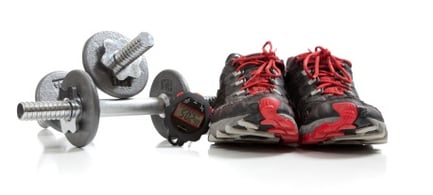 We’ve all heard the saying, “There are no stupid questions,” but there are a lot of questions that take a lot of effort and thought to answer correctly. One such question comes to mind when we are discussing fitness: “What should I do first, cardio or strength training?”
We’ve all heard the saying, “There are no stupid questions,” but there are a lot of questions that take a lot of effort and thought to answer correctly. One such question comes to mind when we are discussing fitness: “What should I do first, cardio or strength training?” 
 I recently ended my rugby career at Indiana University. I had been playing for 9 years, and competed in various other sports before that. Until now, I have always had a coach scheduling practices and creating workouts for me, and have always pushed myself to my limits for the team.
I recently ended my rugby career at Indiana University. I had been playing for 9 years, and competed in various other sports before that. Until now, I have always had a coach scheduling practices and creating workouts for me, and have always pushed myself to my limits for the team. 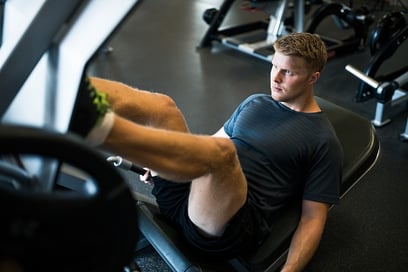 You have finally achieved your goal of adding some lean muscle mass, so what now? Where do you go next? The next step I would take would be to train your body to use those newly developed muscles to their fullest potential. This increase in strength building can come from numerous sources, some of which you may have already experienced.
You have finally achieved your goal of adding some lean muscle mass, so what now? Where do you go next? The next step I would take would be to train your body to use those newly developed muscles to their fullest potential. This increase in strength building can come from numerous sources, some of which you may have already experienced. 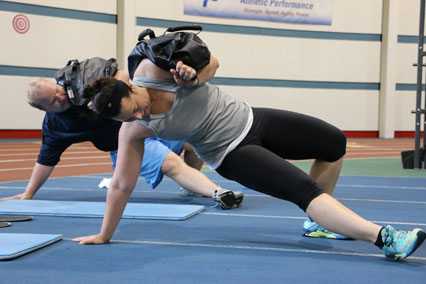 When you think of the term “economy,” what is the first thing that comes to mind? Money would probably be number one, and maybe government and the idea of debt would more than likely come to mind next. There is another economy that should be as well known, and that is your training economy. Simply put, your training economy is the rate of return that you get from the methods and practices of your current training program.
When you think of the term “economy,” what is the first thing that comes to mind? Money would probably be number one, and maybe government and the idea of debt would more than likely come to mind next. There is another economy that should be as well known, and that is your training economy. Simply put, your training economy is the rate of return that you get from the methods and practices of your current training program. 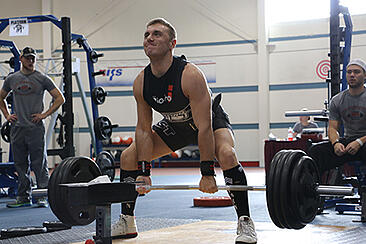 Pre COVID, NIFS held their Annual Powerlifting Competition, putting some of the strongest individuals in the building on display. Members and nonmembers alike, come together to celebrate strength and fitness by performing three lifts with the hopes of reaching the highest total weight possible. The three lifts performed are the squat, bench press, and deadlift. Each competitor performs very well and the hard work they put in until competition day is evident.
Pre COVID, NIFS held their Annual Powerlifting Competition, putting some of the strongest individuals in the building on display. Members and nonmembers alike, come together to celebrate strength and fitness by performing three lifts with the hopes of reaching the highest total weight possible. The three lifts performed are the squat, bench press, and deadlift. Each competitor performs very well and the hard work they put in until competition day is evident.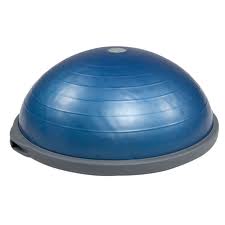 BOSU. Does that stand for “both sides utilized,” or “both sides up”? To some of us, it’s a half-blue ball thing that makes our crunches doable; to others, if done right, it can make some exercises downright brutal. Whatever the case may be, the BOSU ball is an intriguing piece of exercise equipment that won’t soon be tossed in the
BOSU. Does that stand for “both sides utilized,” or “both sides up”? To some of us, it’s a half-blue ball thing that makes our crunches doable; to others, if done right, it can make some exercises downright brutal. Whatever the case may be, the BOSU ball is an intriguing piece of exercise equipment that won’t soon be tossed in the 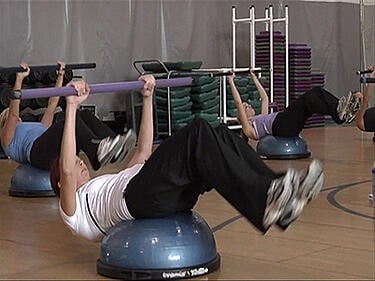 When we take a look at progressions and regressions for BOSU exercises, there are several aspects we can touch on:
When we take a look at progressions and regressions for BOSU exercises, there are several aspects we can touch on:
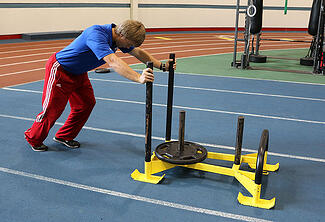
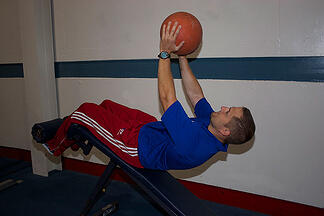
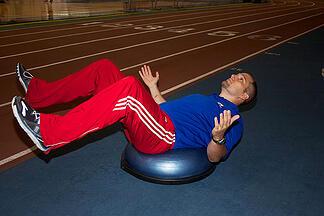
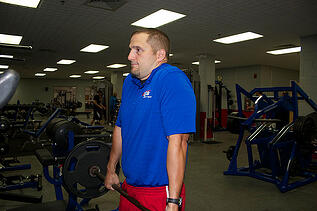
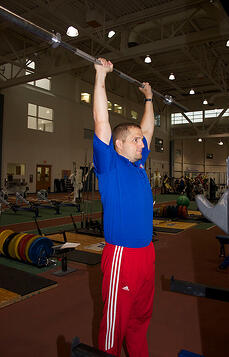

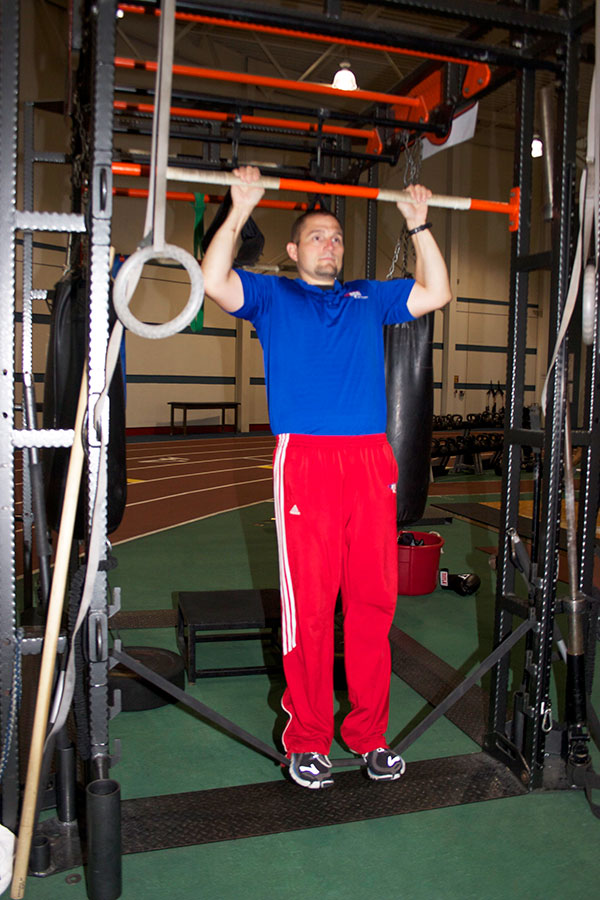
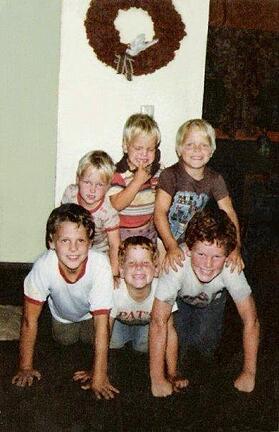 just as many expectations to live up to. You guessed it, that’s me on top of that pyramid crying my eyes out about something I don’t remember—I’m sure one of my older brothers had recently given me “something to cry about” (a phrase we heard a lot).
just as many expectations to live up to. You guessed it, that’s me on top of that pyramid crying my eyes out about something I don’t remember—I’m sure one of my older brothers had recently given me “something to cry about” (a phrase we heard a lot).